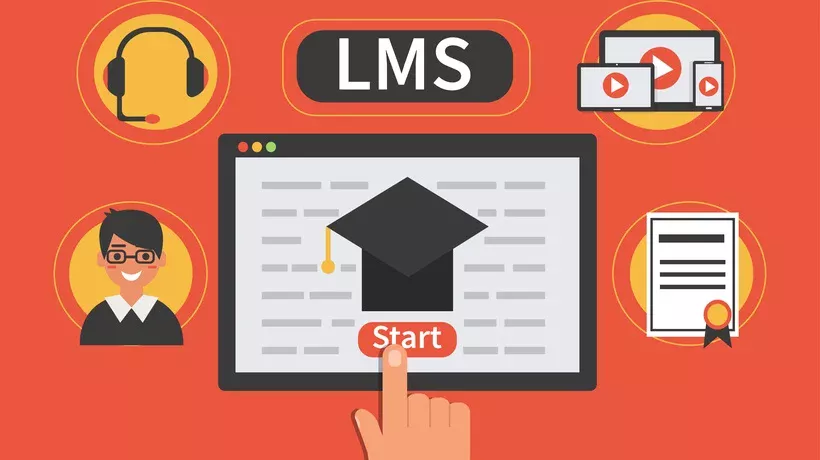
Learning Management System (LMS)
is a software application designed to help organizations create, manage, deliver, and track educational courses, training programs, or other learning and development programs. Think of it as a central online platform for all your learning needs.
Here’s a breakdown of what an LMS typically does:
- Content Management: It allows administrators and instructors to upload, organize, and manage various learning materials, such as documents, videos, presentations, and interactive modules.
- Course Creation and Delivery: LMS platforms often provide tools to build online courses, structure learning paths, and deliver content to learners. This can include self-paced modules, live virtual classes, and blended learning approaches.
- User Management: It handles the registration, enrollment, and management of learners, keeping track of their progress and activities.
- Tracking and Reporting: A key function is to monitor learner progress, track completion rates, and generate reports on individual and group performance. This data helps assess the effectiveness of training programs.
- Assessment and Evaluation: Many LMSs include tools for creating and administering quizzes, assignments, and exams. Some can even automate grading and provide feedback.
- Communication and Collaboration: Features like discussion forums, messaging systems, and virtual classrooms can facilitate interaction between learners and instructors.
- Personalized Learning: Modern LMS solutions often incorporate AI to personalize learning paths and recommend relevant content based on individual needs and goals.
- Compliance Training: LMSs are widely used to manage and track mandatory compliance training, ensuring employees stay up-to-date with regulations and certifications.
offering numerous benefits for organizations and learners:
Centralized Learning: All learning resources are in one easily accessible place.
Flexibility and Accessibility: Learners can access materials and complete training anytime, anywhere, often on various devices.
Scalability: Easily deliver training to a large number of people, regardless of location.
Cost-Effective: Reduces the expenses associated with traditional in-person training, such as travel and venue costs.
Improved Tracking and Reporting: Provides valuable insights into learning progress and program effectiveness.
Enhanced Engagement: Interactive content and gamification features can make learning more engaging.
Consistency: Ensures consistent delivery of training materials across all learners.
